Connect with Your Ancestors through African Dream Root
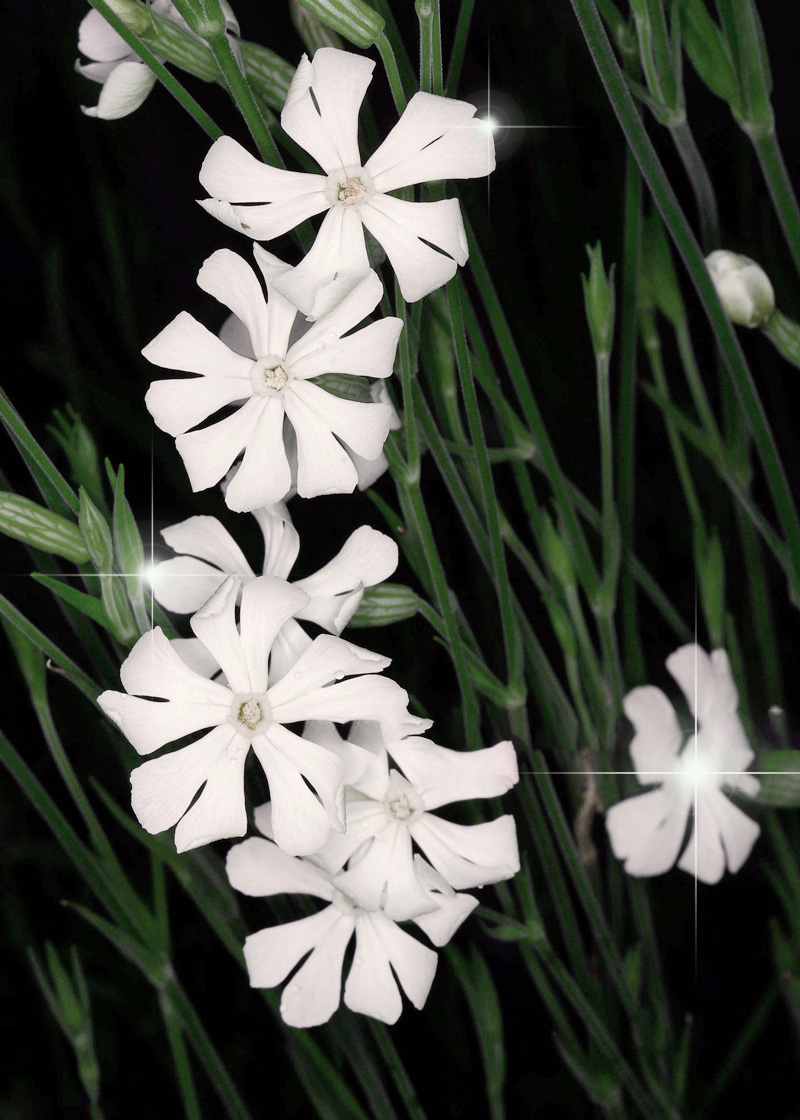
African Dream Root (Silene Capensis) is respected for its intense dream-inducing effects and enhanced quality of sleep. The Xhosa shaman of the South African river valleys have been using this plant medicine for centuries to connect with their ancestors, but it is just now catching the attention of the western world. It’s a beautiful tool for lucid dreaming and shamanic journeying. It should be noted that much of the findings and research conducted on this root come from traditional and personal experiences and are thus anecdotal.
Esoteric Character
• Polarity: Yin
• Element: Water
• Flavour: Bitter, Sweet
• Meridians/Organs: Kidneys
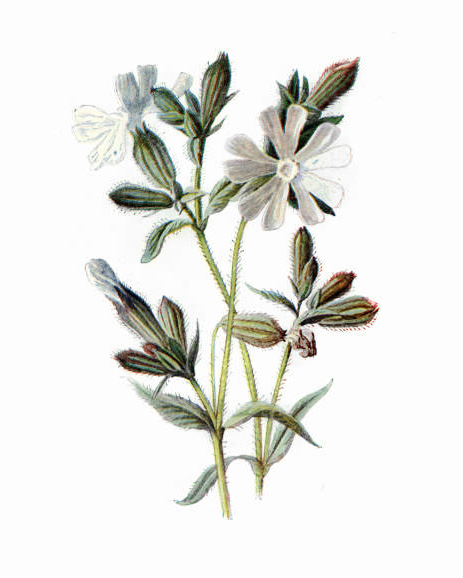
Affiliate Disclaimer
This website is supported by its audience and contains affiliate links. An affiliate link means I may earn advertising or referral fees at no extra cost to you if you make a purchase through these links. (read more)
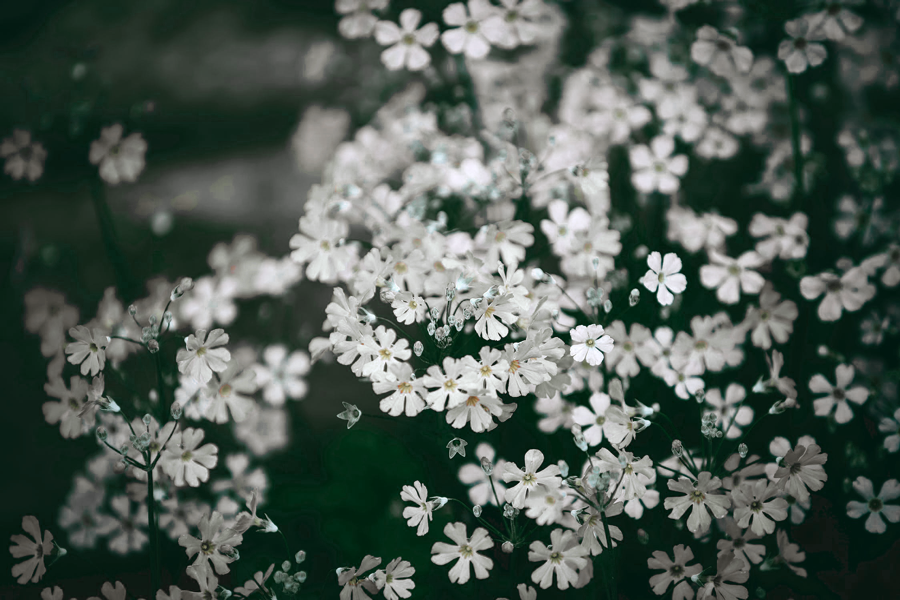
Dreaming
African Dream Root is just one of more than 300 psychoactive herbs and plants that the Xhosa use for medicinal purposes. Though, it is one of the most powerful and deemed sacred. It is referred to as “undlela zimhlophe,” which implies “the way or path of white things or symbols.”
Dreaming is deeply embedded into Xhosa culture. Dreams are recognized as communication from ancestors who are described as “white winds” or ghosts drifting in the dream realms. The gifts and messages we receive in our dreams could be guidance, knowledge, or unprocessed traumas and buried desires that need attention. Traditional practices state that if you want a certain question answered, with the help of African Dream Root, the answer will come to you in your dreams from the wisdom of your ancestors. The Xhosa compare the dream state to going underwater.
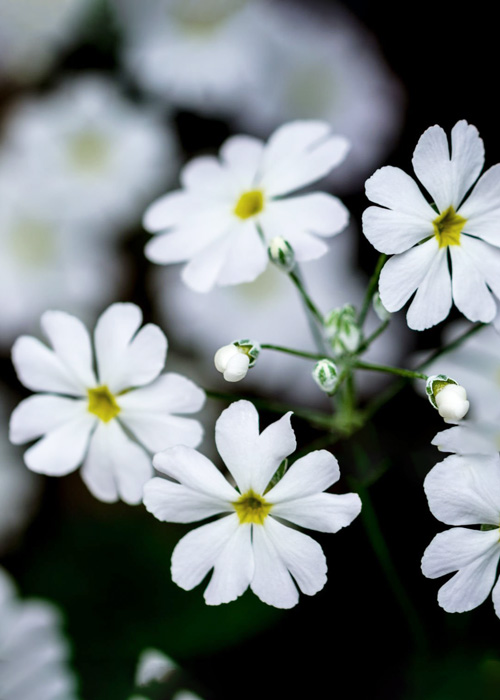
Flowers
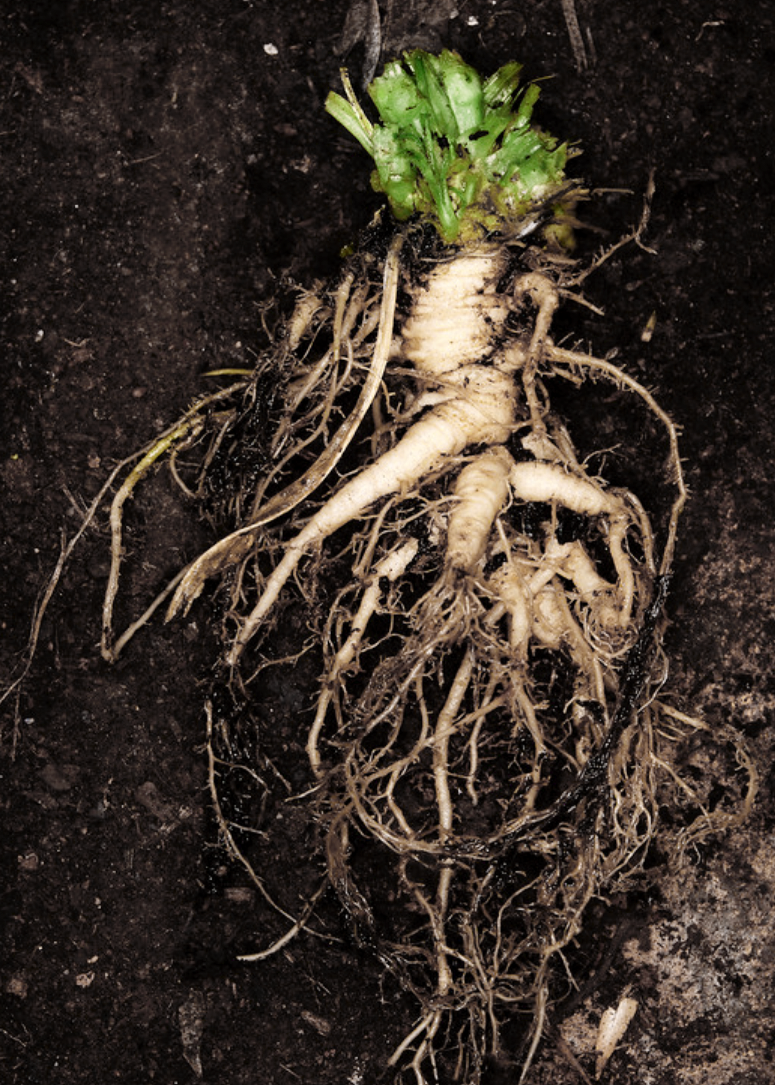
Roots
The plant’s white flowers only bloom at night, emitting a fragrant and almost hypnotizing aroma. The distinct perfume is often described as a mixture of clove, banana, and jasmine. However, its dream-inducing properties are contained in its magical roots.
The root contains triterpenoid saponins. Researchers believe these compounds help stimulate oneirogenic effects. Although the compounds have minimal influence on the waking self, their effects can be profoundly felt when asleep.
Oneirogens are plants that cause dream-like states of consciousness. Oneiric plants like African Dream Root can help cultivate one’s natural ability to lucid dream and increase their dream recall.
RELATED POST: Oneirogenic Herbs for Dreamwork
I am not a medical professional. Rewild + Grow was created for informational and historical purposes only. Statements have not been evaluated by the FDA and are not intended to diagnose, treat, cure, or prevent any disease. Consult your healthcare provider if you have any concerns, particularly if you have any serious medical conditions, are pregnant, breastfeeding, or taking prescriptions.
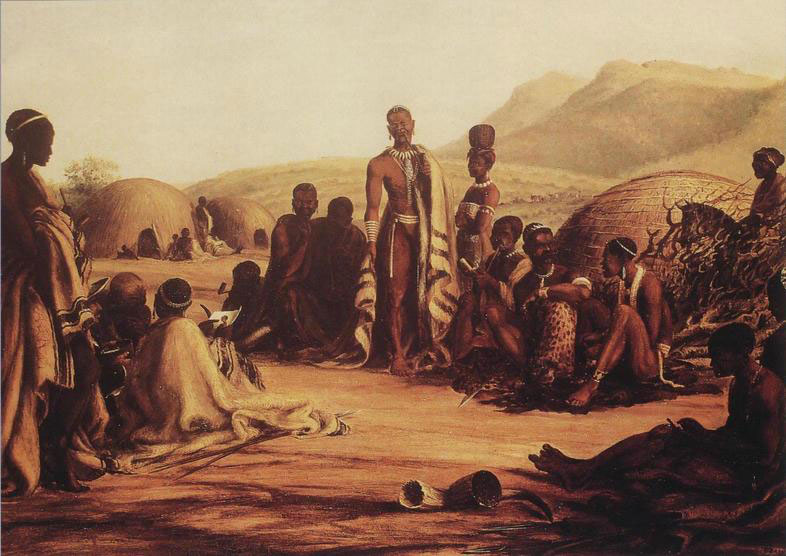
The homestead of the 19th-century Ngqika (Xhosa Chief) Sandile, as depicted by Thomas Baines.
Xhosa Tradition
Traditionally, the method of taking African Dream Root is by mixing root powder with water and beating it with a whisk to produce white froth. It’s thought that this occurs because of the saponins that are released when the mixture is beaten. The foamy infusion is consumed until the person feels bloated and then goes off to bed. Another, more gentle approach, is drinking a smaller dose in the morning before breakfast, and the effects are experienced at night. It travels through the blood very slowly, building up over time. Several days of consecutive drinking can lead to enhanced effects.
Silene Capensis exists almost exclusively in Africa. It is one of a handful of plants used by the Xhosa and Zulu tribes to prepare Ubulawu, a traditional medicine used by shamans that has the ability to open one’s intuition and sensitivity to self-knowledge. Shamans also use the medicine to help treat mental disturbances and improve memory.
Image from Dream Catcher Botanicals
Silene Capensis Root from Dream Catcher Botanicals
African Dream Root is not known to be illegal anywhere in the world. Although research is still minimal, no side effects or fatalities have been reported from its consumption. If you’re pregnant or breastfeeding, I would avoid this plant for safety precautions.
Try African Dream Root
Dream Catcher Botanicals – tincture
Dream Catcher Botanicals – whole root
*If you’re going to make your own powder keep in mind purchasing the whole root is always better. Powdered herbs lose potency more quickly, so it is recommended to grind the root yourself. I personally prefer the tincture because it’s easy to administer!
Grow African
Dream Root
African Dream Root can be grown in your own garden! It’s hardy for those with mild winters – temperatures ranging from 23°F – 104°F. The seeds easily germinate within approximately three weeks. This plant loves water but good drainage is essential to avoid root rot. Those in colder climates can bring it indoors during the winter. The root can be harvested after the second year. Purchase seeds from Magic Plant Exchange!
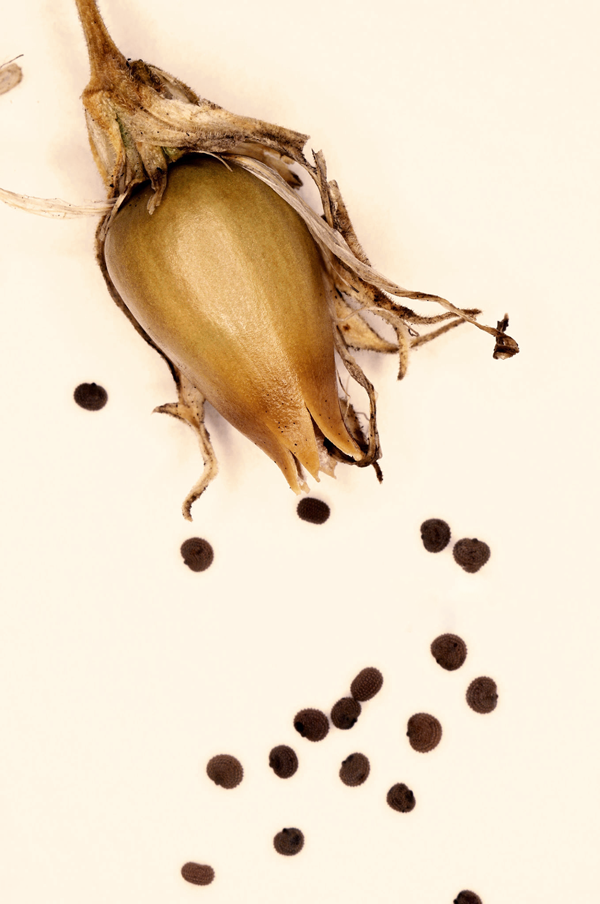
Silene Capensis seeds
PERSONAL EXPERIENCE
I am currently working with this plant and will update my experience soon!
Creating a relationship with a plant’s vital energy ensures a symbiotic partnership that can offer a spiritual connection. Plants can be powerful medicinal allies when used responsibly, however, it is important to realize African Dream Root is a tool and not a cure-all. Healing can require multiple courses of action, which takes time, effort, and a new way of thinking and behaving.
Sweet dreams!
SOURCES
• A review of plants used in divination in southern Africa and their psychoactive effects by J. F. Sobiecki (2008) Southern African Humanities
⊙

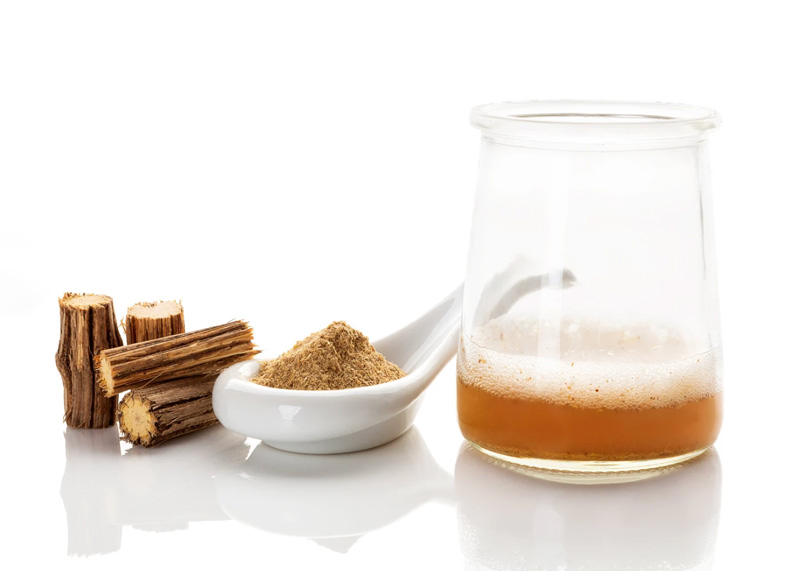
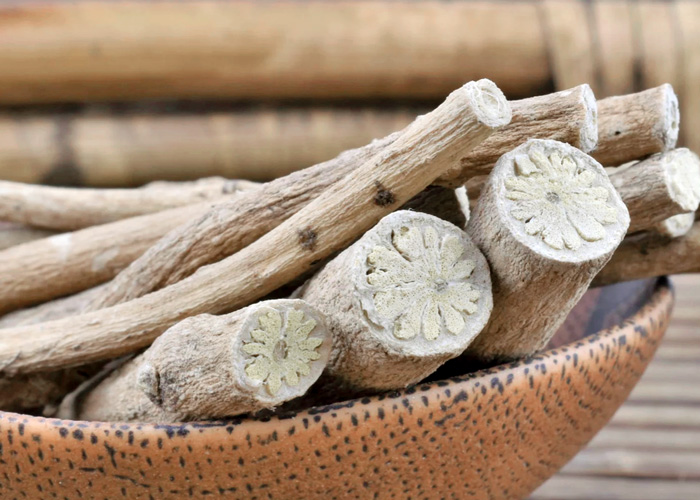
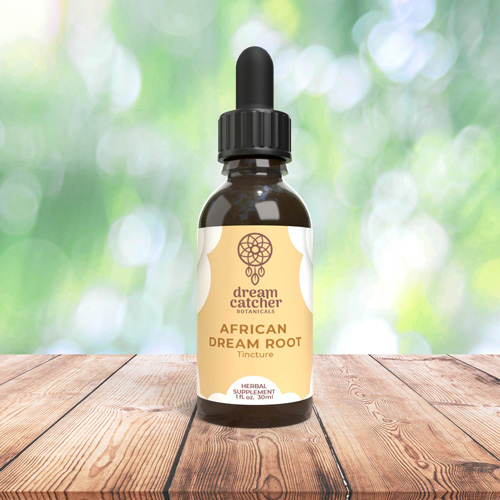
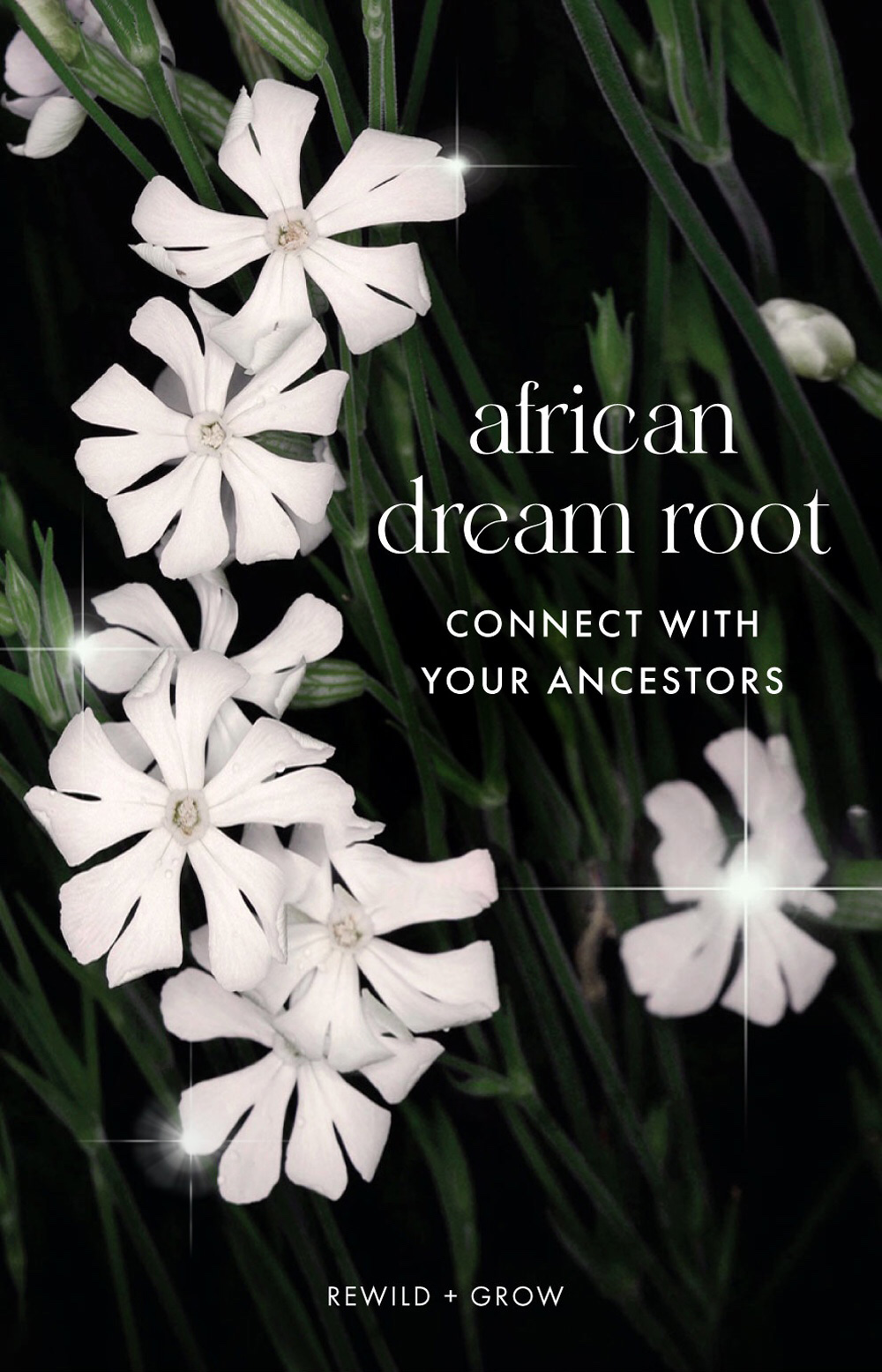



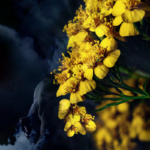

This is wonderful…. Keep it up teaching us spiritual things….